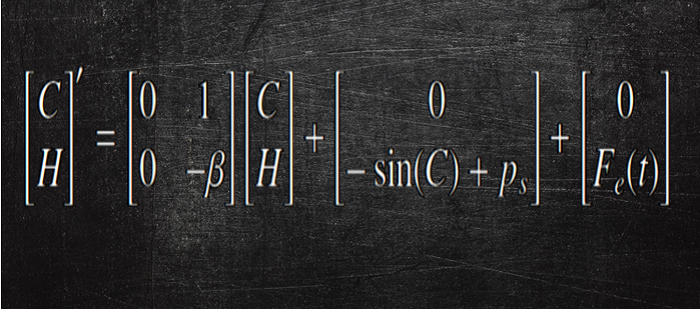From hedonic treadmill to sustaining happiness
We know from own experience that happiness is a dynamic process: sometimes happy, sometimes less so, up-and-down like an endless roller coaster. We also know that our happiness depends on how we feel inside, whether we achieve what we aimed for, and what life throws at us. Sometimes we look for happiness in life’s pleasures – our hedonic streak – at other times we aim for deeper purpose and meaning, pushing our eudaimonic happiness. Some people experience quite dramatic ups and downs, while for others it seems like smooth sailing. With other words, happiness is a complex “thing”. It is dynamic, has interacting contributors, and is usually fluctuating. Maybe a model of the mathematics of happiness can help with understanding these complexities.
The mathematics of happiness
With this paper, we made a bold move. We developed a mathematical model that accounts for the dynamics of happiness, for its interactions and fluctuations. The model builds on the growing psychological understanding and theory, in particular from Positive Psychology. For example, it describes how even after bouts of elation or despair we tend to return to our usual level of happiness – our set point. The model also accounts for individual differences in emotional sensitivity, how intensely a person experiences their emotion.
Can we sustain happiness?
Arguably the most challenging – and exciting – aspect of the model is that it predicts how happiness can be sustained: developing eudaimonic emotions or altruistic qualities can ultimately overcome the homeostatic hedonic system, the processes that will usually pull us back to our set point. In other words, the model predicts that other-focused, selfless psychological functioning can lead to lasting happiness, also referred to as authentic-durable happiness.
Reference:
- Carrero, G., Makin, J., & Malinowski, P. (2022). A mathematical model for the dynamics of happiness. Mathematical Biosciences and Engineering, 19(2), 2002-2029. https://doi.org/10.3934/mbe.2022094
See Publications for a full list of my publications.
